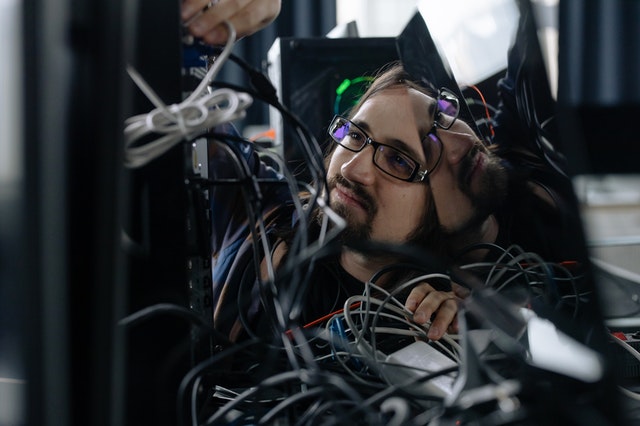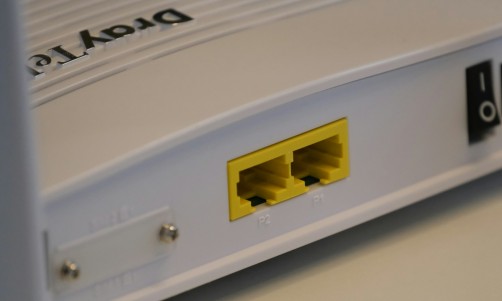Business owners are always looking to optimize the operations of their companies, and business needs have changed greatly in the past year. Several industries were forced to shift to remote working capacity last year, and many of those businesses are looking to make some degree of remote work a permanent fixture of the office. This calls for greater network flexibility across multiple devices, no matter where those devices may be. And with many business owners likely to downsize their physical work space, this calls for network consolidation to reduce the amount of hardware in the office. With all these new challenges in place, it's no wonder why so many companies are relying on virtualization.
Virtual servers address many of these new workplace demands. Virtualization allows users to host multiple networks on one physical server, reducing the amount of hardware needed in the workplace. Shrinking your physical machine footprint does more than enable companies to easily inhabit smaller office spaces; it also drastically cuts down on their energy consumption, saving them even more money. And the ability to run numerous operating systems from one centralized server makes it easier for flexible/remote workers to come and go as they need.
In spite of the numerous advantages virtual servers offer, these systems are not foolproof. Virtual servers have the same weaknesses as any other device or machine in your office. But with proper security, system maintenance and backup, and staff diligence, your systems can continue to run efficiently with minimal upkeep.
Securing your Virtual Network
More people working on a flexible remote schedule means new devices mingling throughout your home and your office. While more devices allow for a great deal of convenience for employees, it also means there are more weak spots in your network for malicious hackers to disrupt business. Enter Endpoint Detection and Response. EDR software protects any and all devices on your network, and monitors new devices attempting to gain access. Standard Endpoint Protection platforms even perform antivirus functions. And it's all autonomously run by AI, taking much of the burden off your IT department.
Although EDR is incredibly useful and widely considered essential, it doesn't cover everything. Running an Extended Detection and Response (XDR) program alongside your EDR hits your endpoints, emails, cloud system, and everything in between. To ramp up security even further, the use of Security Information and Event Management, or SIEM, monitors the internal workings of your network. SIEM largely ensures that network users are in compliance with network regulations. All of these elements on your side make for a robust security detail.
Maintaining Your Server
As powerful as your virtual server is, it needs care and maintenance to truly thrive. Virtual sprawl is one of the more common problems encountered in virtual environments. When a network has too many unused or unpatched virtual machines, sprawl occurs. Dead VMs can cause a myriad of problems, such as taking up too much storage space, slowing down your network performance, and leaving sensitive information vulnerable to hackers. While constantly monitoring a vast amount of VMs may seem like a cumbersome chore, there is a solution. Virtualization Management software can help your IT team to edit, manage, or altogether remove VMs, simplifying what can be an otherwise considerable undertaking.
And backing up your system is an important part of maintenance as well. You may have the ultimate security and maintenance software guarding your system, but it never hurts to prepare for a complete system crash. Using backup software means that any changes you make within your network are doubled in real time and stored elsewhere. Just be sure to tidy up any stray unused VMs before doing so, to ensure your backups are able to function their best.
Don't Underestimate Human Error
It may not be surprising to learn that, despite the constant barrage of malware, ransomware, and other cyberattacks, the most common cause of security breaches is human error. A weak password can cost your company millions in losses, and phishing scams are still a very real threat to modern businesses. It's also important to remember that internal breaches can be caused by complete accident; one simple email error at an HIV clinic in London exposed the names and email addresses of nearly 800 patients.
Even with the most advanced cybersecurity at your disposal, it's of the utmost importance to remind your employees to stay vigilant. Strong passwords, careful attention to detail in communication, and awareness of suspicious activity can all go a long way in maintaining a safe work environment.
Virtual servers, while an incredible advancement for workplace technology, still require a great deal of thoroughness to stay fully functional. While security software and maintenance software make these tasks easier to manage, much of these functions still rely on the diligence of a company's employees. This consciousness and attention to detail by your staff are what make these virtual measures truly effective, and that little bit of extra effort truly goes a long way.














